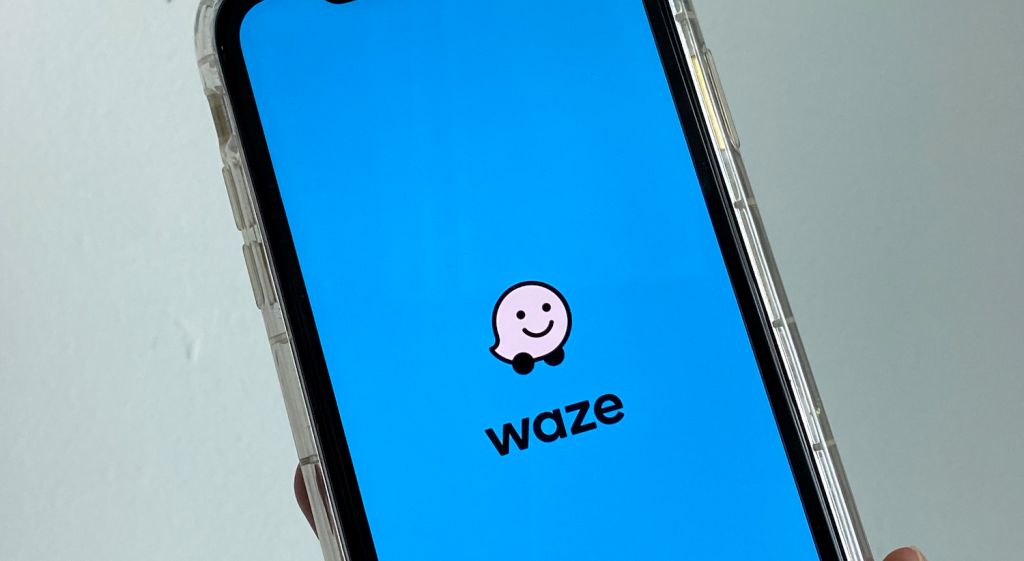The human arsenal might be loaded beyond all known limits, but it is still yet to possess anything more valuable than that tendency of ours to grow on a consistent basis. This is because the …
The human arsenal might be loaded beyond all known limits, but it is still yet to possess anything more valuable than that tendency of ours to grow on a consistent basis. This is because the stated tendency has already got us to hit upon some huge milestones, with technology appearing as a rather unique member of the group. Talk about why technology’s credentials are so anomalous, the answer for that is largely based on its skill-set, which was unprecedented enough to guide us towards a reality nobody could have ever imagined otherwise. Nevertheless, a closer look will reveal how the whole runner was also very much inspired by the way we applied those skills across a real-world environment. The latter component was, in fact, what gave the creation a spectrum-wide presence and made it the ultimate centerpiece of every horizon. Having such an ingenious tool run the show, unsurprisingly enough, scaled up the human experience from every conceivable direction, but even after reaching so far, this prodigious concept of technology will somehow continue to produce all the right goods. The same has turned more and more evident over the recent past, and assuming Waze’s latest move works out like envisioned, it should only make that trend better for the future and beyond.
Google-owned Waze is officially set to roll out a new navigation feature, which will focus on warning drivers about roads that have a history of crashes and other related incidents. According to certain reports, the supposedly dangerous road will be marked red on the digital map, and even as you get closer to one of these spots, you will receive an instant notification citing the potential risk ahead. But how is the feature going to decide which roads are dangerous? Well, it will use Waze’s extensive collection of community data to make a call, but mind you, it won’t be active in every single case. For context, the feature will not send out any alerts if that dodgy road is actually a part of your usual driving routine. Also, in order to not make the driver overly anxious or distracted, the new function will also restrict itself to sending just a single pop-up notification. If you still have your reservations regarding it, you can, by all means, turn off the feature with a toggle located under the app’s settings section designated for alerts.
Interestingly enough, this is one of the first few features we have seen from Waze since it was absorbed by the entity that pretty much controls the core operation of Google Maps. Now, while the acquisition and overlap between their offerings hinted at an eventual unification, the two platforms will continue to remain separate. They will, however, merge their teams so to cut back on further duplication of features and achieve cost-efficiency.
“Google remains deeply committed to Waze’s unique brand, its beloved app and its thriving community of volunteers and users. By bringing the Waze team into Geo’s portfolio of real-world mapping products, like Google Maps, Google Earth and Street View, the teams will benefit from further increased technical collaboration while giving users the same experiences they know and love,” Google said in a statement.
The feature in question here is still in its beta testing phase, but going by the available details, a wider release is expected to happen sooner rather than later.




